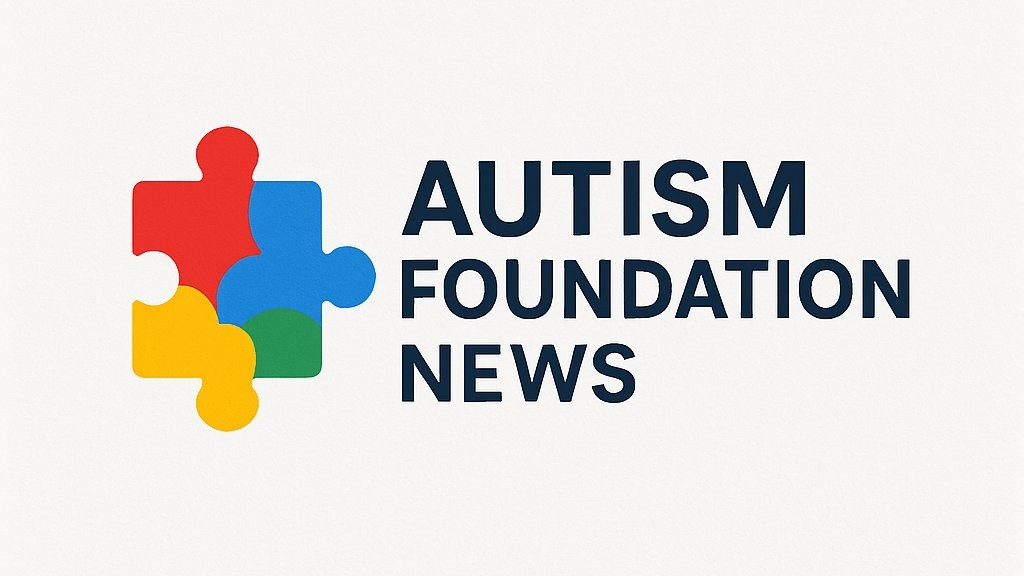
Embracing the Present Moment: A Vital Practice for Everyday Life
In a world bustling with distractions, especially for individuals navigating the complexities of autism, learning to feel present can transform daily experiences from overwhelming to manageable. As the seasons change, the subtle shifts in light remind us of the importance of grounding ourselves in the present. This is not just a philosophical exercise; for many, being fully present is a gateway to greater joy, connection, and clarity.
The Power of Attention in Daily Life
As noted by psychologist Willem Kuyken, "Joy has its roots in wholehearted appreciative attention." This statement resonates deeply within the autism community, where sensory experiences can sometimes feel intensified. Bringing one's full attention to sensory moments—whether it’s the feel of a soft blanket, the warmth of sunlight, or the laughter of a loved one—can heighten joy and mitigate anxiety. Taking a pause to breathe deeply and appreciate these elements fosters a sense of connection with the world.
Foundations of Breath: A Simple Yet Effective Anchor
Breathing exercises are invaluable tools for people of all ages, particularly those on the autism spectrum who may struggle with stress or anxiety. Implementing a simple breathing rhyme can calm a racing mind and ground the body. Adopting the phrase “I’ve got my feet on the floor…” serves as a rhythmic reminder of the present. Such techniques can be easily integrated into everyday routines, making mindfulness accessible to everyone, including children and caregivers.
Savoring Life’s Moments: A Mindful Approach to Experience
The practice of savoring empowers individuals to immerse themselves fully in both the highs and lows of life. Founding editor Barry Boyce emphasizes the importance of enjoying each moment, regardless of its nature, which can be particularly helpful during routine upheavals. By adopting a mindset of savoring, individuals with autism can cultivate resilience, as they learn to appreciate life's diverse flavors without the immediate need for judgment or evaluation.
Cultivating Kindness Through Presence
Staying present influences not just our self-awareness but also how we interact with others. With a focus on mindfulness, individuals find themselves becoming more compassionate and kinder to themselves, essential for mental well-being. For caregivers and healthcare professionals, modeling these practices can foster an environment of understanding and support, enhancing relationships within the community.
Overall Impacts: Why Being Present Matters
The journey towards mindfulness is deeply personal, yet its benefits extend universally. As individuals learn to manage their focus, they often experience reduced anxiety and increased happiness. Incorporating these practices into daily life can create a ripple effect, empowering not only oneself but also those around them, fostering a supportive network that thrives on mutual understanding and compassion.
If you're interested in deepening your understanding of mindfulness and elevating your daily experiences through effective practices, consider exploring resources that delve deeper into these techniques. Incorporating mindfulness into everyday life can lead to profound changes in perspective, promoting a more fulfilling life for individuals—whether they are on the autism spectrum or not.
 Add Row
Add Row  Add
Add 




Write A Comment